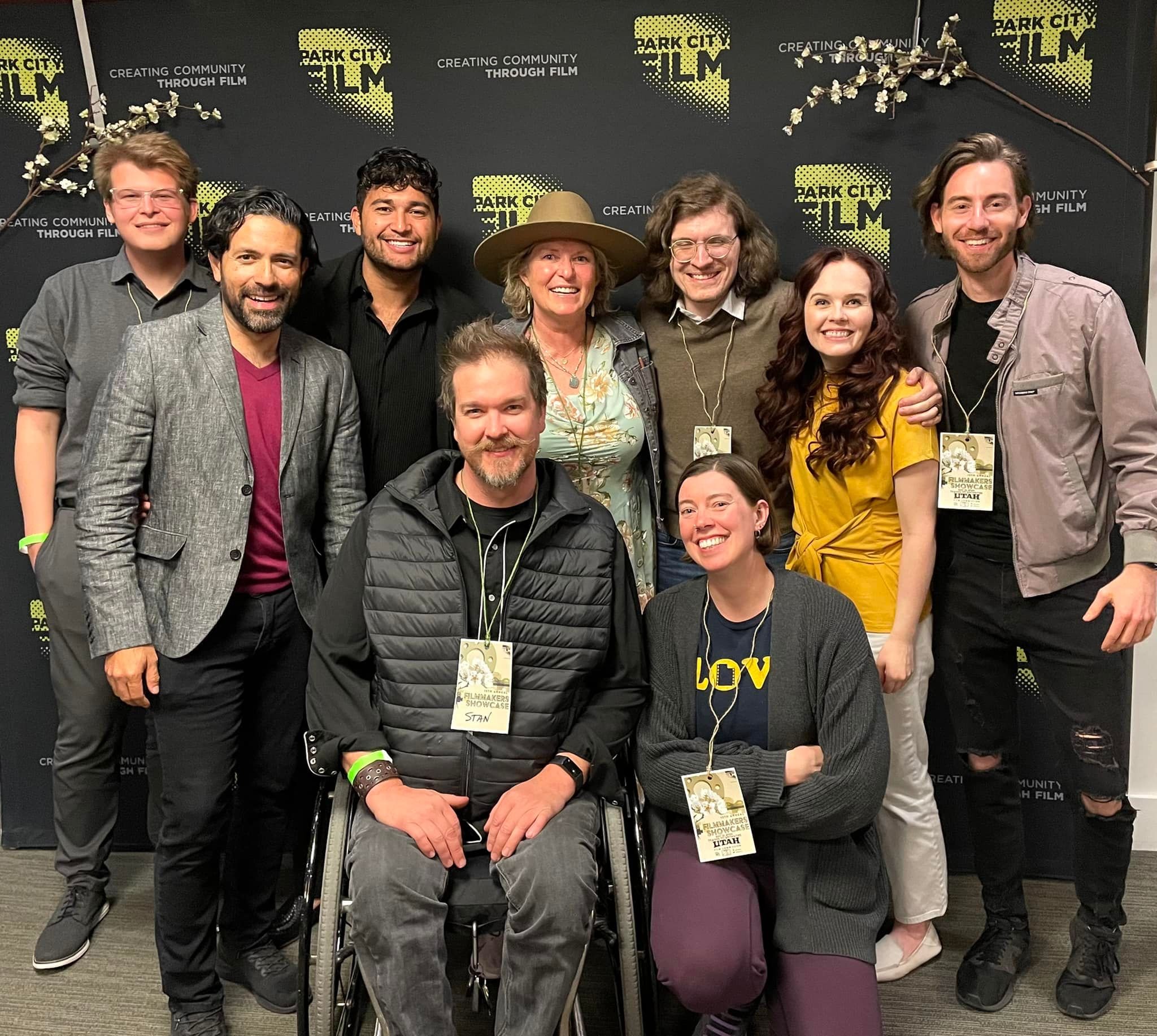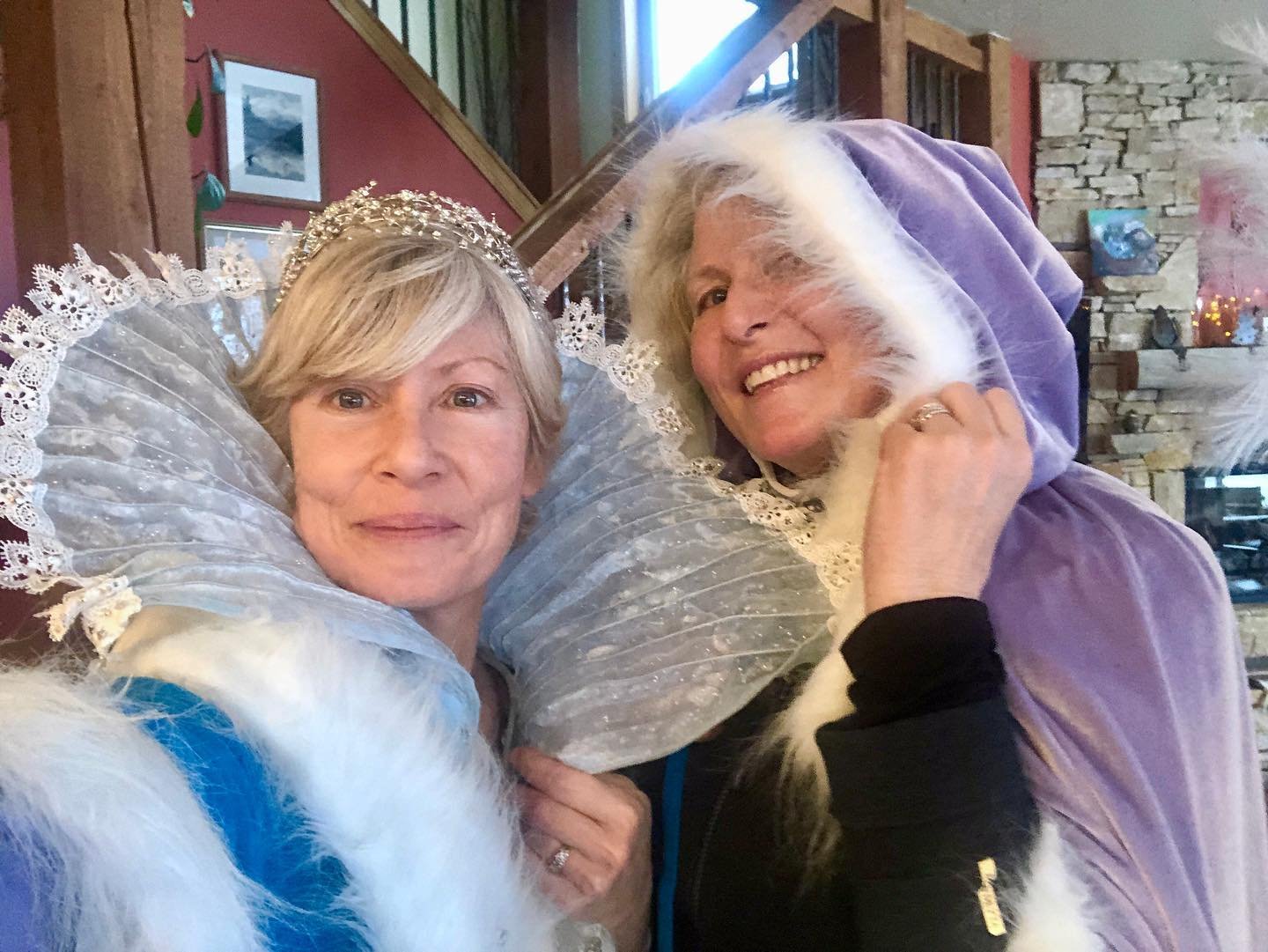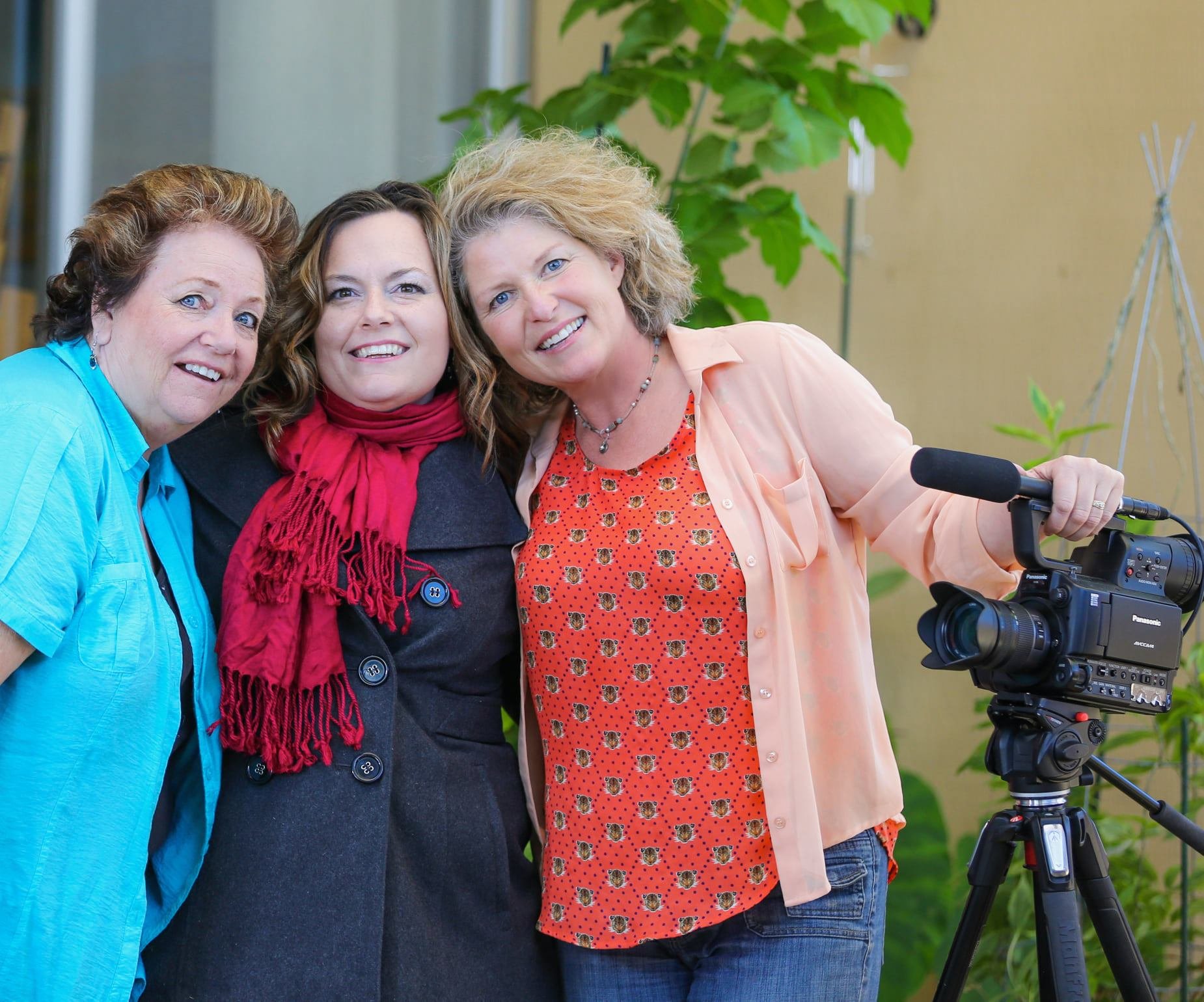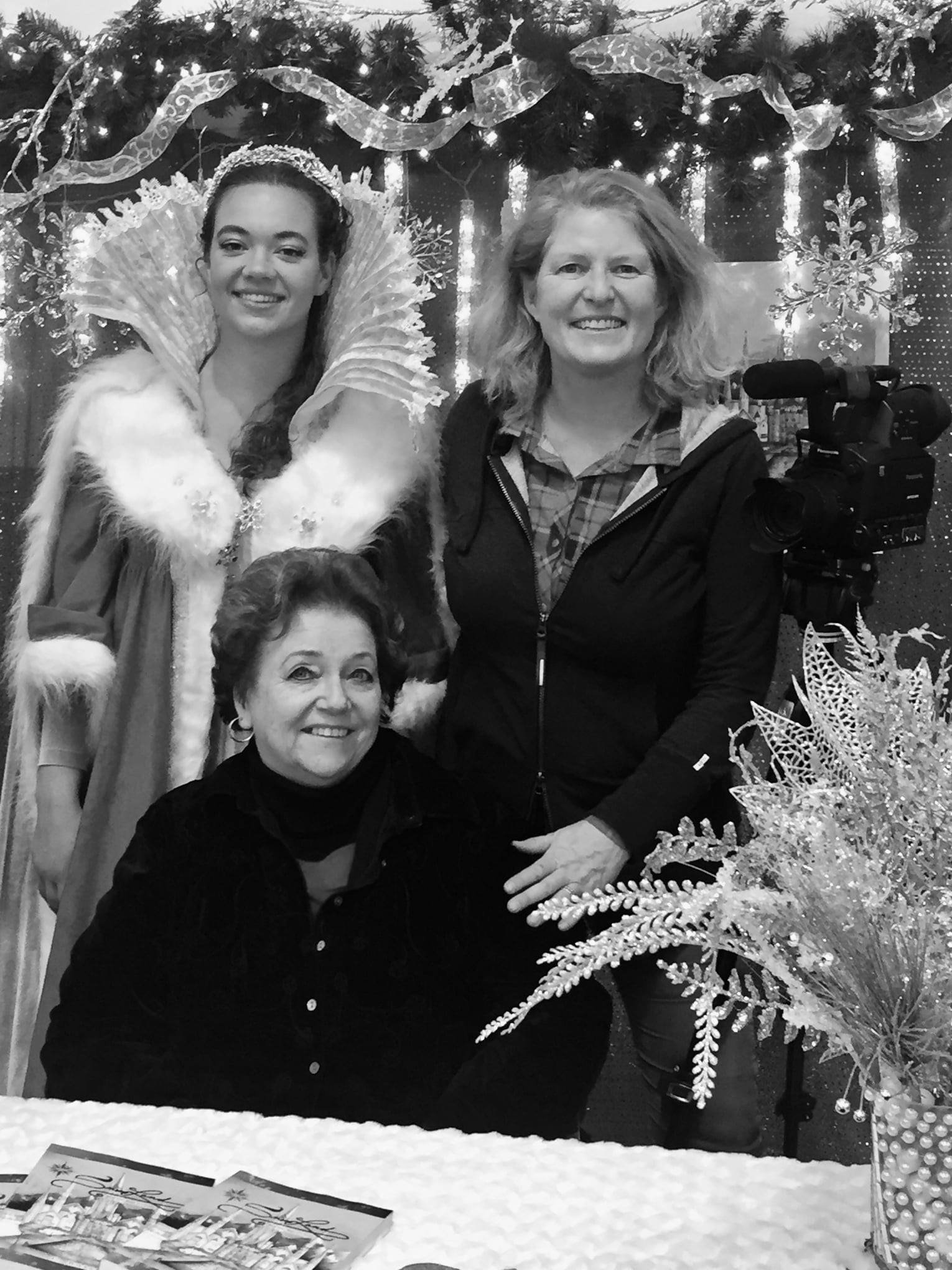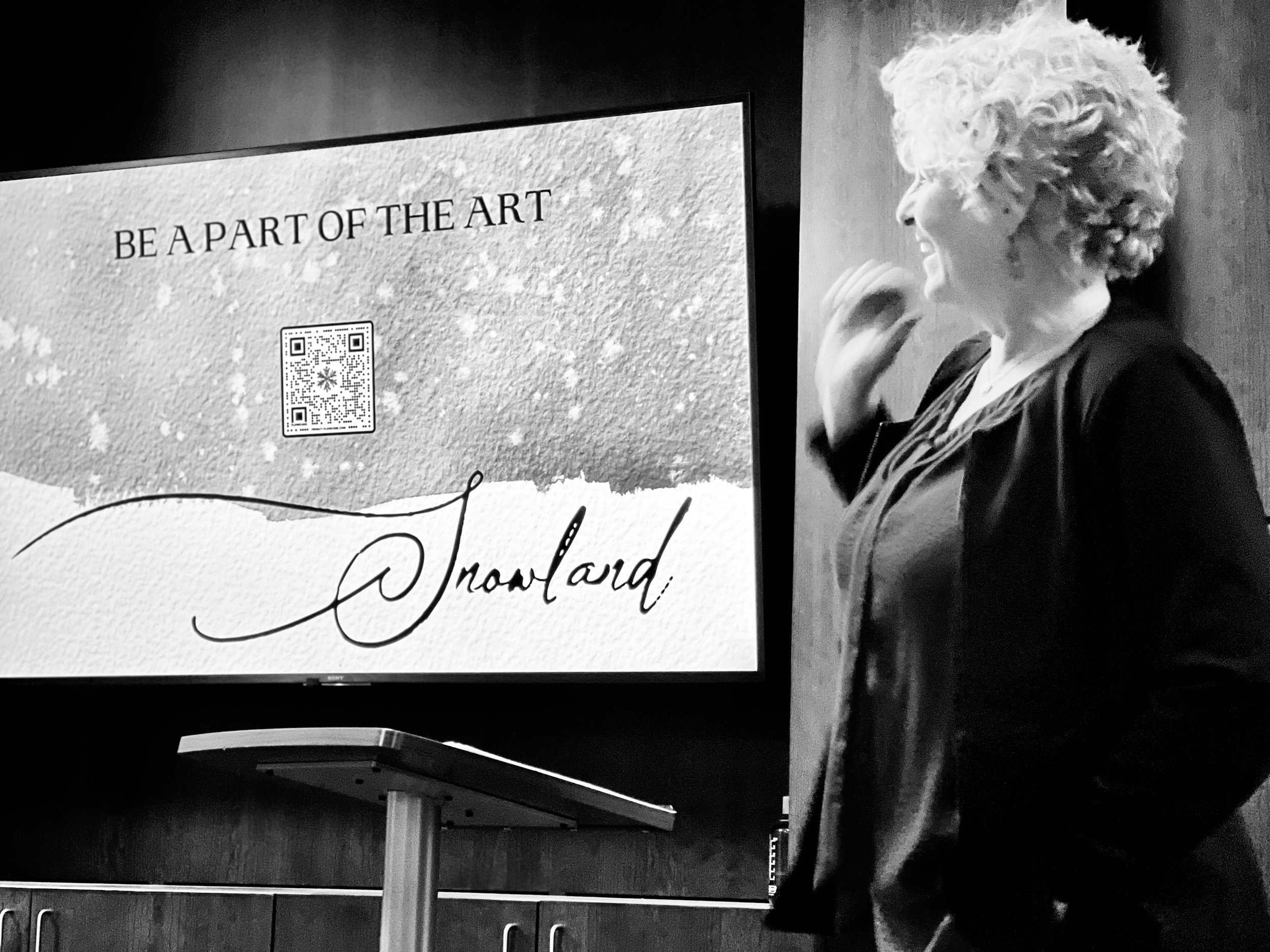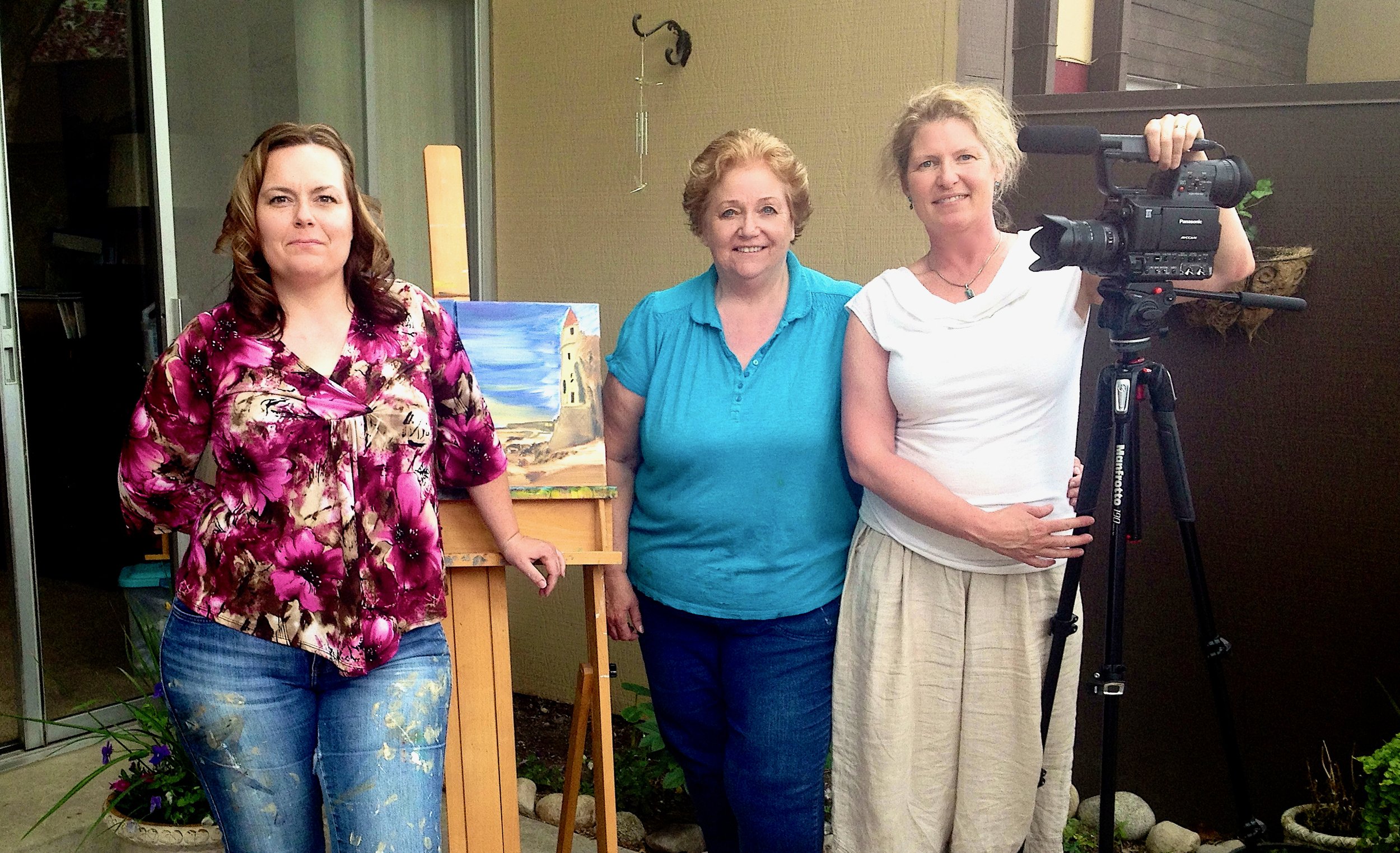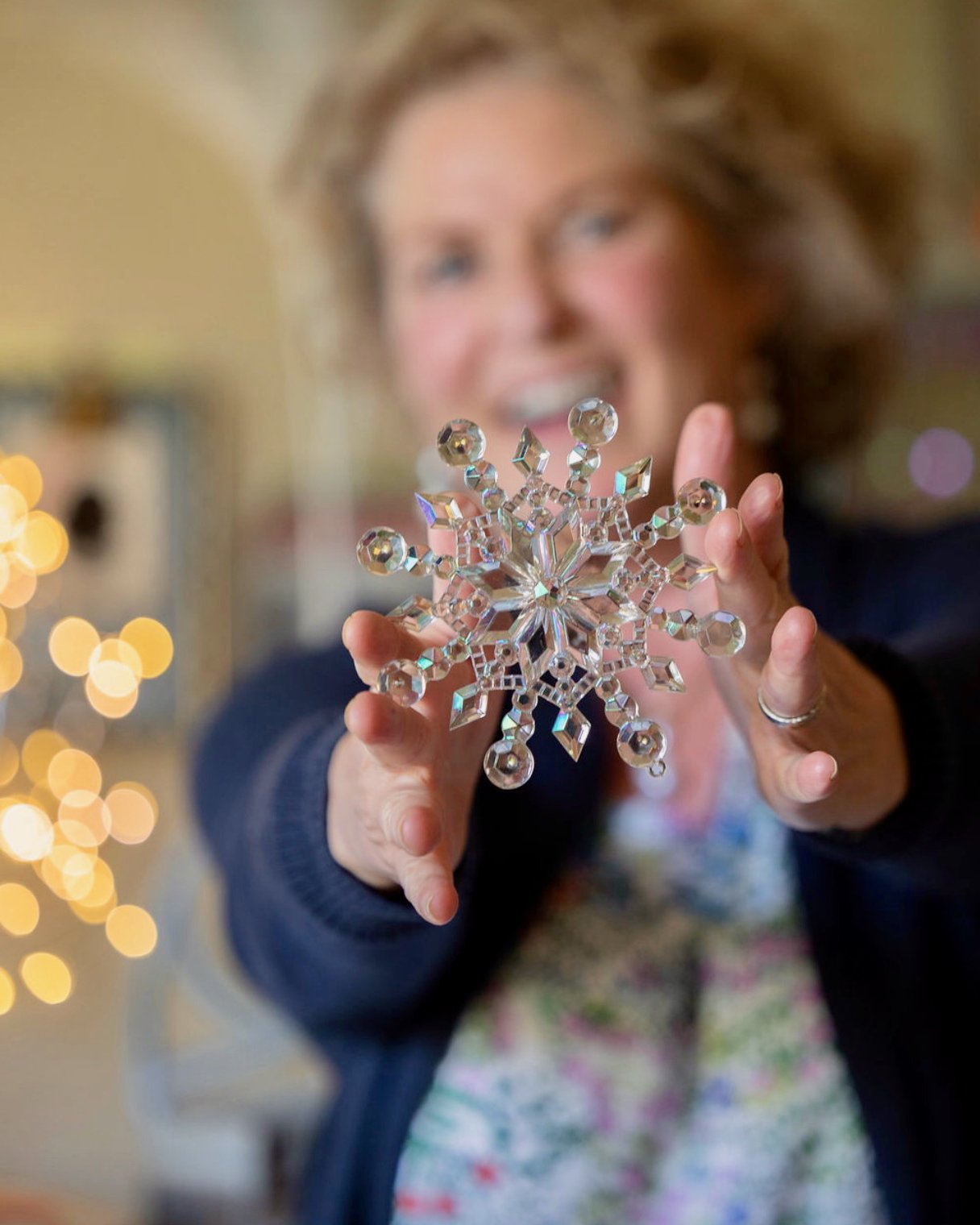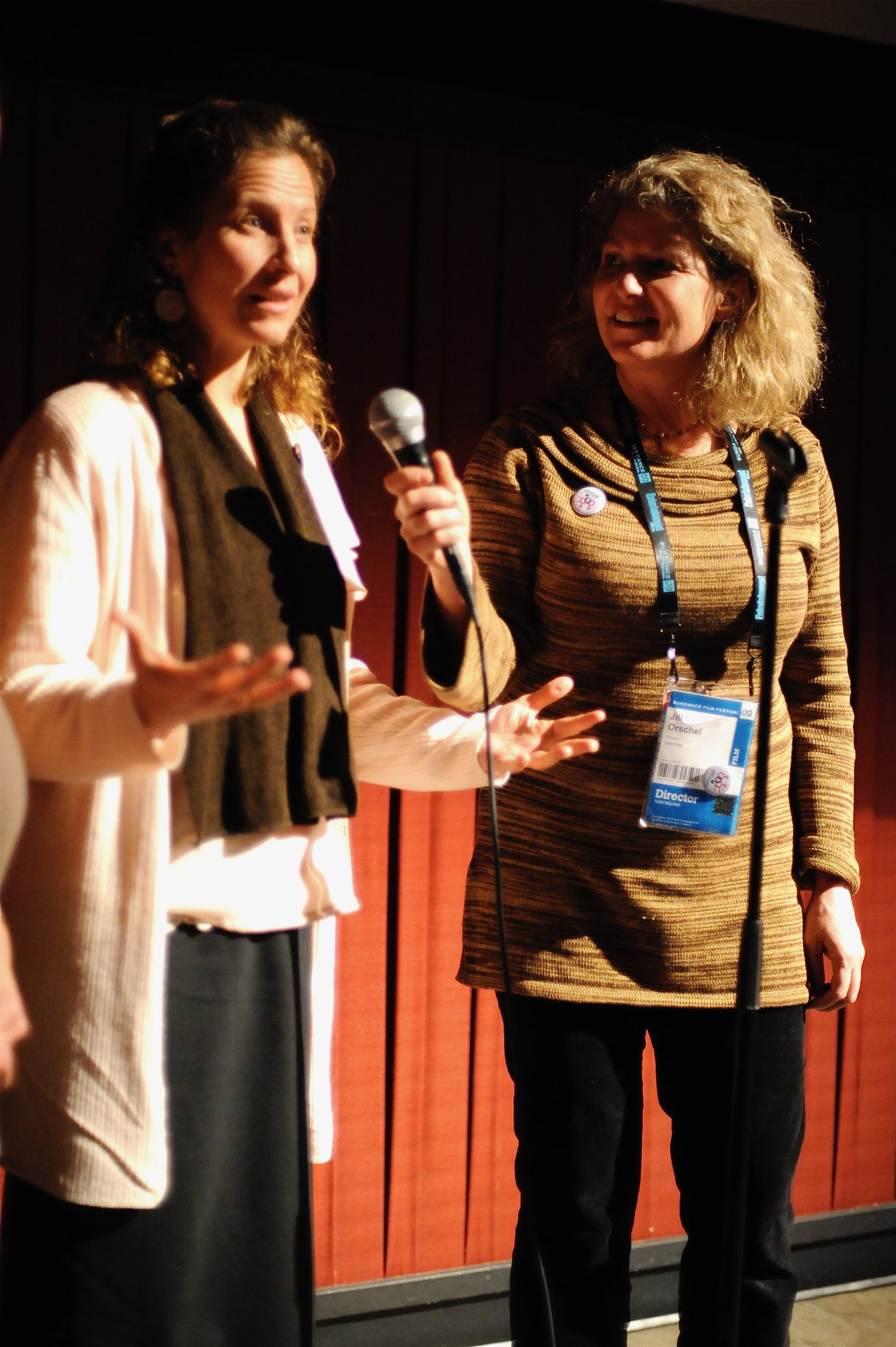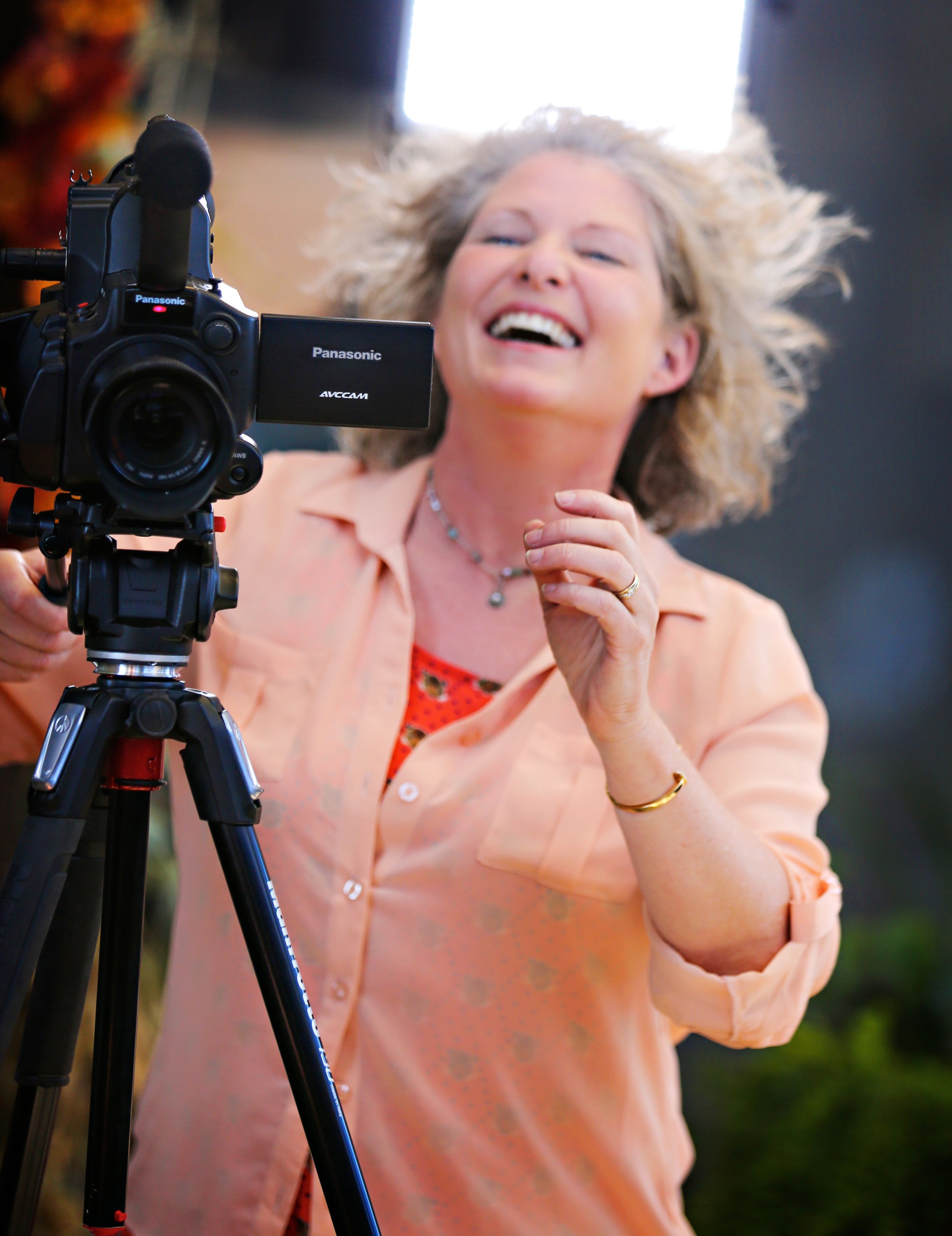As a self-taught photographer and with a passion for moviemaking, Jill Orschel dove right into the scene when she arrived in Park City in 1990. The Sundance Film Festival and independent cinema were exploding, and her filmmaking journey was about to begin. “I got involved with Sundance right away as a volunteer and then as a staff photographer,” says Orschel. Working with the Sundance Institute lit a fire in her. She discovered a calling for independent filmmaking and took to heart Robert Redford’s legendary advice to filmmakers: “Have a strong vision about the story you want to tell and how you want to tell it.” Her strong vision and empathetic storytelling have earned her numerous awards and screenings at various festivals, including Sundance Film Festival, SXSW Film Festival, DOC NYC, IDFA in Amsterdam, and more. She is now in post-production of her first feature-length project, Snowland. The film is about a former child bride in a polygamist sect who escapes her dark past through the creation of a fantasy world she calls Snowland.
Orschel is also the founder and director of the annual Filmmakers Showcase. Now in its 16th year, the showcase is an opportunity for Utah filmmakers to show their films and collaborate with other filmmakers and mentors. Orschel earned an undergraduate degree in journalism then an MFA in film studies from the University of Utah. She then became an assistant teacher and led discussion groups in film history and theory at the U - another item to add to her lengthy list of accomplishments.
FAVORITE lore ADVENTURES FROM THE empathetic filmmaker:
1. As a local independent filmmaker and a 30-year resident in Park City, you have seen some changes in our mountain region. What are some positive changes that you have seen happen in the area? What events do you think have had the most impact? What do you count on to remain unchanged?
Change is the only constant, right? Sometimes it’s not easy. A lot has changed since I arrived in Park City from where I grew up—Aspen, Colorado—a town I left because it went through so much growth. In Park City, I have seen some wonderful arts and cultural organizations like Park City Institute, KPCW Radio Station, Mountain Town Music, Park City Film, the Egyptian Theatre, and others, undergo little and big growing pains through the years, and ultimately, they evolve, become stronger, and serve our community better.
Two events that most impacted Park City and Summit County in our modern history are the 2002 Winter Olympics and the Covid-19 pandemic. Both brought enormous growth. It’s painful for many of us longtime locals to share what’s been ours with so many new people; however, discomfort is something that can be transformative if we can lean into it and become involved in whatever way we can. Change is an opportunity to rise together and look at things differently.
What remains here is the outdoor mountain lifestyle we are privileged to enjoy, the generous spirit and deep character of people in our community, and our ability to adapt in ways we never expected. Change isn’t a closed book; it’s a new chapter.
2. What are you looking forward to in Park City’s future? What do you think will contribute to the area’s story and history?
I look forward to a continued commitment by our community to the organizations and nonprofits that advance arts and culture in Park City and surrounding areas, such as the Kimball Art Center and the Arts Council of Park City & Summit County. I’m excited for the development and bold vision of the Arts and Cultural District and for it to come to fruition with the support of local citizens who can be a part of it and take pride in it. I hope there are new opportunities for local and regional artists of all disciplines, including programs for new, emerging, and established creative individuals and groups. I’d also love to see new jobs created locally for leaders and lovers of arts and culture. Art and culture is the heart and soul of civilization.
3. Tell us about some of your favorite Park City ghost stories, folklore, or historical facts or anecdotes?
In the winter of 2015, the year the Sundance Film Festival stops screening on reels of 35mm film, one of Robert Redford’s longtime projectionists, the grinning and twinkly eyed Ron Montgomery, braces himself for a future without the touch and feel of celluloid.
One blizzardy Utah night as the festival approaches, poor Ron suffers a sudden and unexpected heart attack. They say, it happens right inside the projection booth of one of the Sundance venues. Some believe it’s at the Sundance Resort Screening Room, where just outside, that mysterious American Indian statue points towards the heavens unsympathetically. Others think ‘ol Ron takes his last fatal breaths in the projection booth at Park City Film’s Jim Santy Auditorium.
Years later, a photo of Ron Montgomery appears on the booth wall at the Santy. It hovers over the unused, dinosaur-sized projector. A ceiling panel in that little dark room always seems to be open, leading to the attic. Sometimes it’s pitch black up there. Other times, there’s a strange, barely detectable flicker of light.
4. Describe your epic day in Park City/Summit County. Where do you like to go? What are some of your favorite spots?
My ideal day is to wake up late, work for a couple of hours on my film and make some good progress with my team. I’d schedule a brief work meeting over coffee at Harvest Park City, then head to Fairweather Café in the new Good Earth Market for a bowl-to-go of the best soup in town. I’d spend a couple of afternoon hours skiing or biking around our beautiful mountains, then I’ll relax and find creative inspiration with a cup of tea at the greenhouse at Park City Gardens. Finally, since this is my epic day, I’ll meet my family and friends for dinner, drinks, and live music at Silver Star Cafe, and together we’d enjoy the view of the sunset overlooking the valley.
5. What are a few key aspects of Park City’s history that have had the greatest influence on the area’s current reputation for being a vibrant hub for arts and culture?
We’re in the international spotlight when the Sundance Film Festival, the Salt Lake 2002 Winter Olympics, and other high-profile events are here. Because of this, we’ve attracted world-class chefs, artists, athletes, and more. I feel proud when we, as a community, can host exciting events of such caliber. Heavier traffic and busier lift lines aside, what good fortune this has been for us.
6. In your filmmaking you have shared stories of perseverance, growth, and change. Please highlight a few of the most critical instances of change in the history of the Park City/ Summit County area that have been most beneficial to the region’s ongoing cultural growth and success.
The recent pandemic years revealed and helped many people remember what’s important in life: equality for all, kindness, the little things, slowing down, caring for oneself, and helping others. At times, these lessons, and so much more, were learned by the opposite presenting itself. It’s hard to put into words. It was a scary and uncertain time and a shared experience globally in so many ways. As we pull through it and continue to overcome other adversities in life, we get to look at the world through a new lens. It’s exciting to think about what’s being created right now, right here in this area and beyond.
7. Why is Park City/Summit County’s art and culture scene (i.e. culinary, film, visual art, music, and performance scenes) important?
A place where people value and prioritize art and culture is a place that keeps hope alive. Our world needs that more than ever now.
Park City Institute, Parsons Dance
Kimball Art Center
Jim Santy Auditorium
Park City Gardens
Salt Lake City 2002 Winter Olympic Games
jill at work:
More films by Jill:











